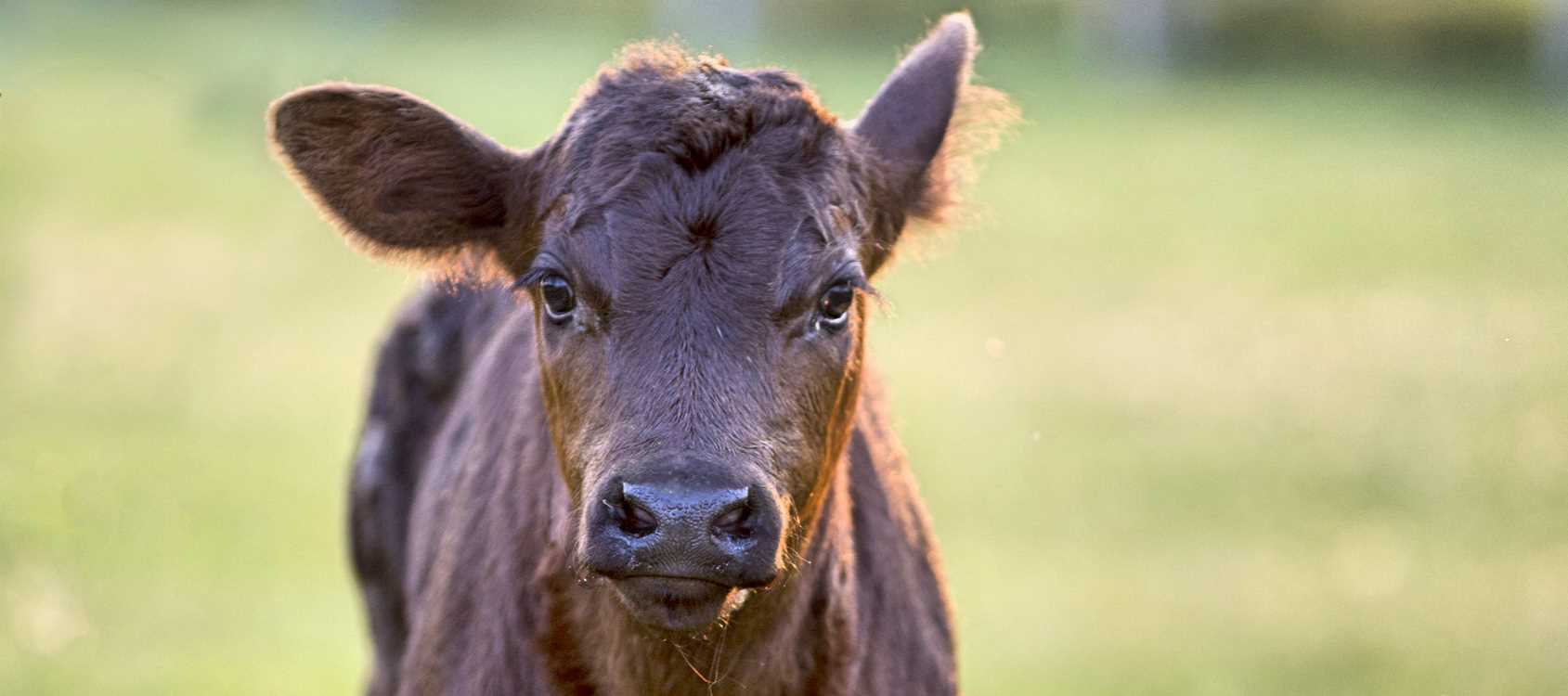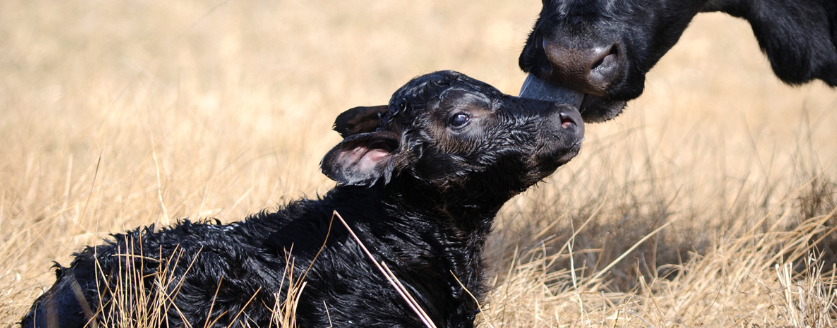
Times have changed since cattlemen for generations marketed their annual calf crop directly off the cows.
While some did this through an auction barn, others sold their calves directly to another cattleman for growing. Regardless, the calves were usually weaned at the same time the sales transaction occurred.
Today, that situation has changed in many operations, so the calves are “preconditioned” before marketing.
Preconditioning is a program often considered to include castration, dehorning, eliminating external and internal parasites, weaning, vaccinations, and starting calves on a high energy diet.
Castration and dehorning are valuable parts of the program and are typically recommended to be done at an early age.
Several studies show castrating at birth has no impact on weight gain when compared to calves castrated at weaning. However, if weaned at the feedlot there is a drastic increase in death loss.
Dehorning calves with a paste at birth or before going to grass reduces trauma.
Weaning 30 to 45 days is typical, but some choose 60 plus days. If calves are abruptly taken from the cow and sent to the feedlot, they are more likely to get sick and gain less weight.
The program also commonly includes training calves to eat from a feed bunk and drink from a trough.
Vaccinating calves before marketing is the most common part considered in today’s preconditioning programs.
Vaccinations help prepare the calves for the next phase with their health, well-being, and for production. The medicine shots help improve the immune system of the calf and should reduce any baseline illness.
A wide variety of vaccines is available, singly or in combinations that consist of bacterins, toxoids, or mixtures of bacterins and toxoids. Producers typically have a personal preference which they use.
A preconditioning program obviously requires much additional work and expense. Main advantage is that cattlemen sell heavier calves than if they would at weaning.
Second is marketing at a potentially higher seasonal price after preconditioning than at weaning. Third is the potential premium price associated with the practices because buyers will often spend more for a healthier and better-conditioned calf.
In the end, the cattleman needs to decide on what parts of the preconditioning program make the most sense and money for them and their operation.
Reminded of John 17:5: “Nothing great ever happens without great preparation.”
+++ALLELUIA+++




